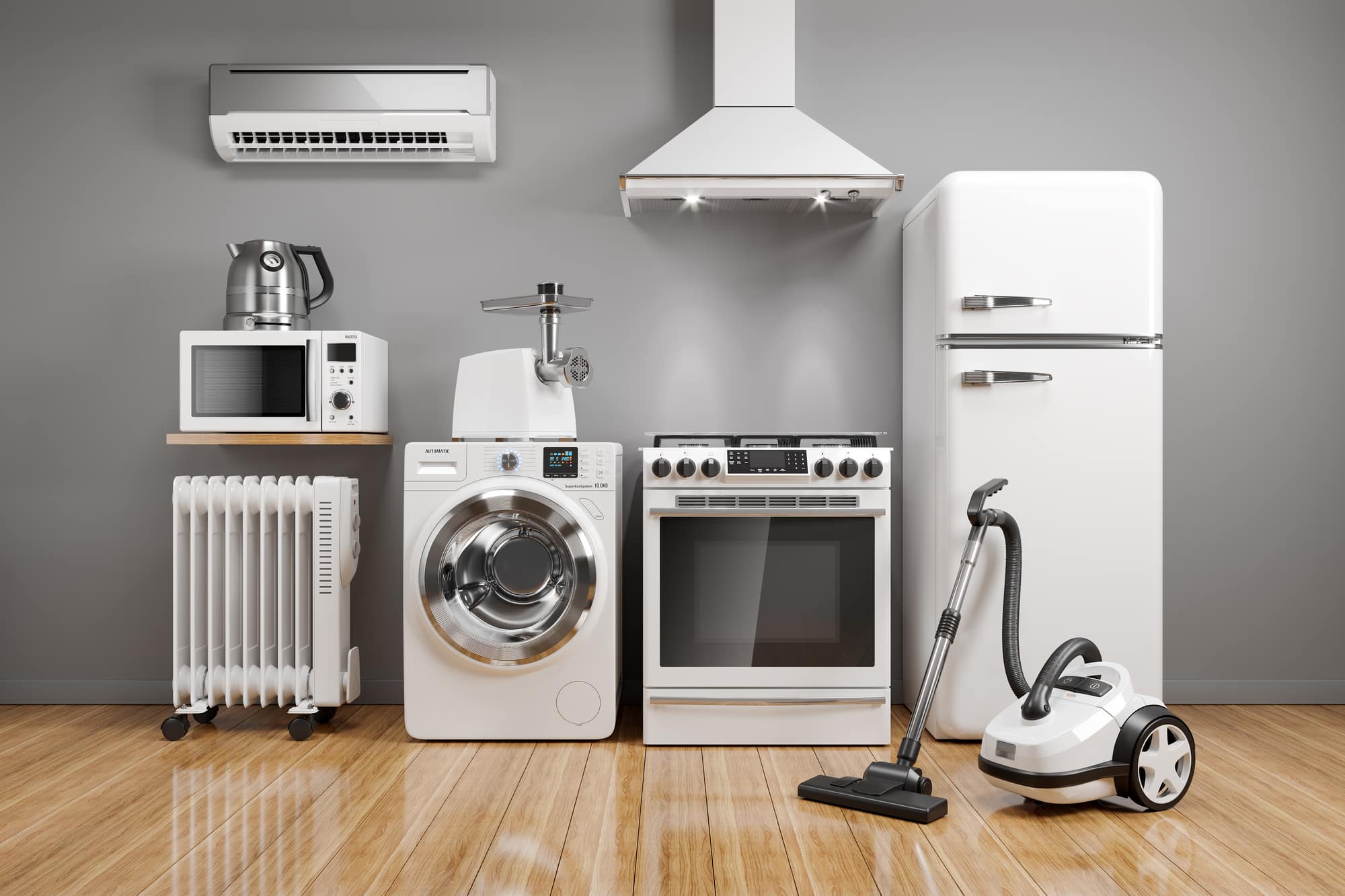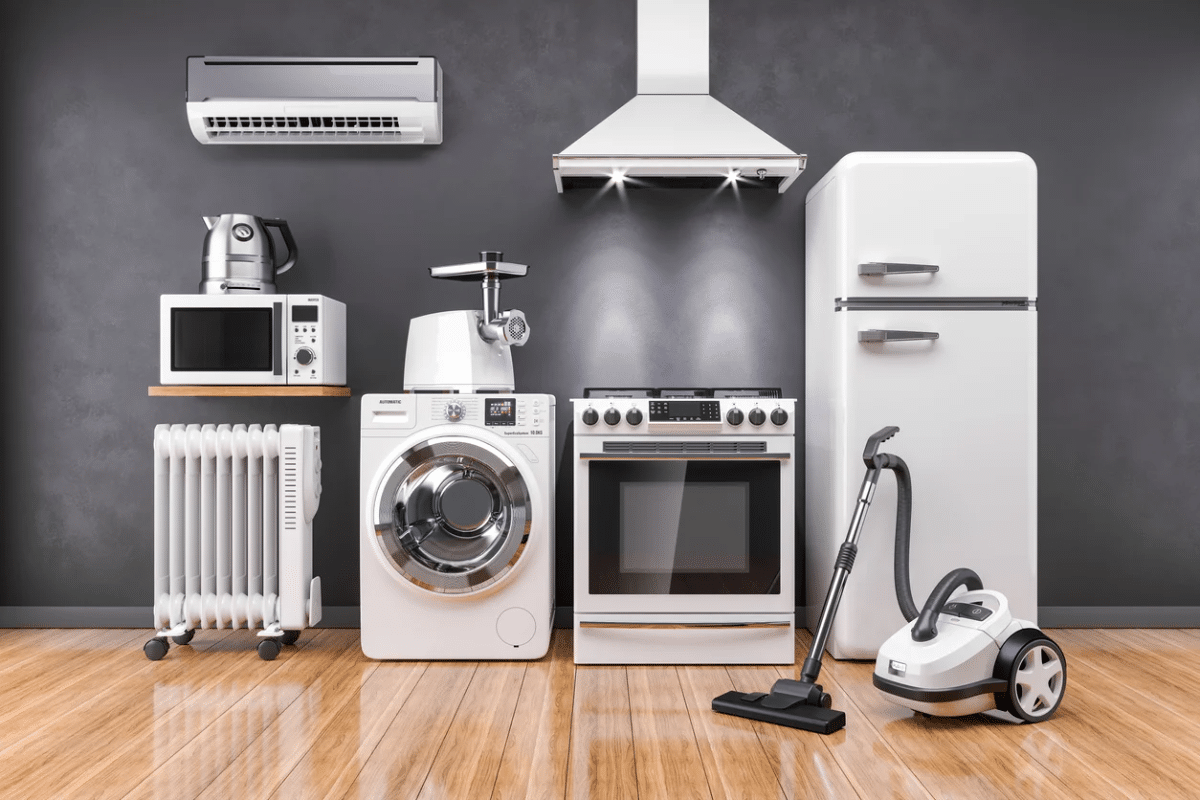How Do Modern Appliances Integrate with Smart Home Systems?
Smart homes are probably the peak of technology that we are experiencing today. Modern appliances have evolved not just to serve us but to make human lives easier and hassle-free. Integrating various features like automation, remote management & control, voice control, etc., has made the devices superheroes of their world.
While it is fascinating to see these things work in real life, it is even more interesting to know the real work behind all this. If you want to know how modern appliances integrate with smart homes and what technologies they use, keep reading.
1. Wireless Connectivity
Most of the appliances are connected to central control devices through a wireless connection via Bluetooth or wifi. Bluetooth provides a short-range connection, while Wi-Fi allows a little more freedom of range and features.

2. Smartphone Apps
Whether be it a vacuum cleaner or wireless earbuds, every gadget comes with its application for optimal performance. You have to download it on your mobile or tablet, and you can control the appliance from any part of the world, customize the command, and even set a schedule for it. In short, all those cool things that were a dream to us are possible today.
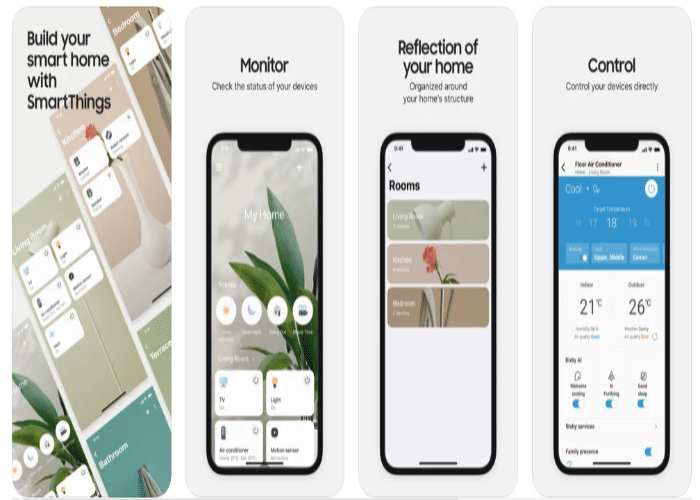
3. Voice Control
Voice control command systems like Alexa, Google Assistant, or Apple Siri are some of the best in their field. These systems can not only control the devices but also interact with the user at a human level. Answering questions, playing music or a movie, and describing the weather are some of the most common and basic prompts that these virtual assistants can perform.
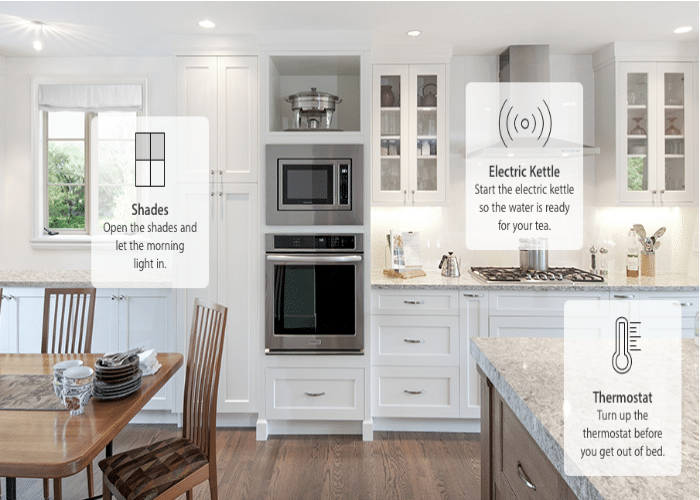
4. Central Hubs
Central hubs act as the brains of your smart home. These hubs ensure that every device connected to them works together smoothly and does not create disturbance for one another. The new age central hubs have even started coming with more artificial intelligence and can predict your actions according to your daily habits. You can even set a schedule for the machines to operate.

5. Remote Monitoring
You should not confuse remote monitoring with controlling things through a remote. Remote monitoring means that you can supervise your devices even when you are not near them. High-end refrigerators come with a feature where they notify the user if the door remains open. Similarly, many cooking appliances notify when the cooking cycle is complete. These features can really take off the burden from the user’s mind for more important tasks.

6. Automation
As per your routine, you can set an automatic command for multiple appliances. For example – in the morning, you can set a particular time for an alarm to beep, a coffee machine to start making coffee, a music system to play peaceful music, and blinds to open simultaneously. This saves a lot of time and energy.

7. Appliances Interconnectivity
This feature is relatively new but extremely innovative. Appliances connect to make sure that they are working according to their surroundings. Your oven can be connected to your thermostat and see what is the optimal time for cooking that is needed at that particular atmospheric temperature. It truly is a wonder what science and technology can do.

8. Third-Party Integrations
Some of the manufacturers allow third-party developers to create additional apps or integration systems for their appliances, as this can give rise to new innovative ideas and eventually increase customer satisfaction. This can expand the horizons of a company’s product way beyond its line of thinking.
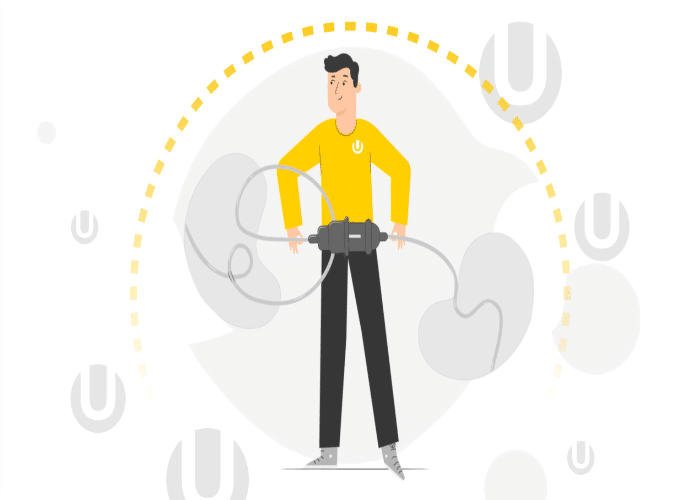
9. Firmware Updates
Companies also keep in mind that it is their responsibility to ensure that people who trust them by buying their products get regular updates, including new features. These updates also ensure that no security breach happens, as customers have a right to privacy.
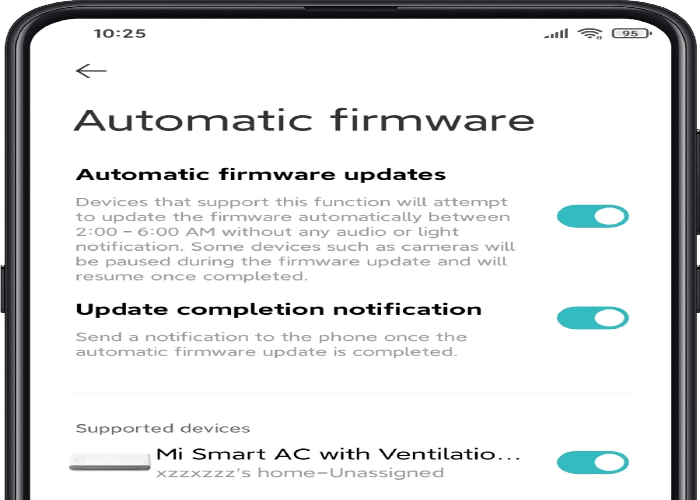
10. Energy Efficiency
Appliances also contribute towards smart homes by recognizing the consumption patterns of consumers and turning them off when not required. This is not only economical as it saves the electricity bill but also ecological as it prevents wastage of energy.

Final Thoughts
These are some of the ways modern appliances contribute to building a smart home. While understanding every technology in depth can be challenging for many, knowing how the system works is crucial as it is your home, and you should know how and why things work in a particular manner. This also gives you the advantage of customizing your appliances’ way of working according to your needs to take full advantage of the technology you paid for.
If you think about it, the future that these devices can bring is nothing short of a sci-fi movie. The day is not far away when you would think of a task getting done, and it will be completed merely by your thoughts.
This connection of our brain with technology will be truly a wonderful thing to see.



